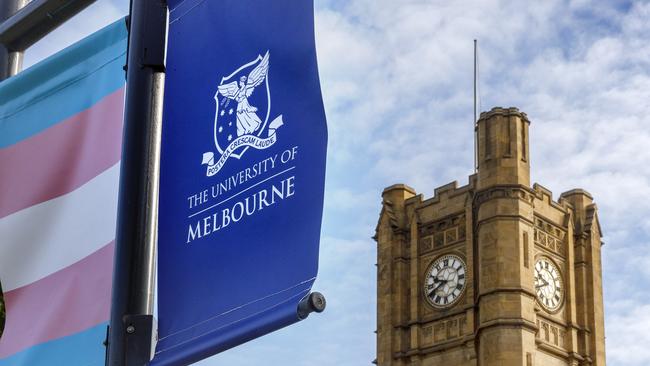Three Australian universities rank in the world’s top 20
For the first time, Australian universities are ranked alongside the very best in the world, with three in the top 20 of the new list.

For the first time, Australian universities are ranked alongside the very best in the world, with three – Melbourne, Sydney and UNSW – in the top 20 of the new list from global rankings group QS.
The QS 2024 World University Rankings also name nine Australian universities in the global top 100 (up from seven last year).
The two newcomers – the University of Adelaide (89) and UTS (90) – joined Melbourne (14), UNSW (equal 19), Sydney (equal 19), ANU (equal 34), Monash (42), Queensland (43) and Western Australia (72) in the top 100.
Nearly all Australian universities rose in the 2024 QS rankings following a methodology change which the company said was the most significant since its rankings began 20 years ago.
Notable improvers included the University of Melbourne (which moved up 19 places to 14th and is now ranked ahead of Caltech, Yale and Princeton), and UTS (which jumped 47 places).
University of Melbourne vice-chancellor Duncan Maskell said the rankings reaffirmed that Australian universities were “among the very best in the world”.
UTS vice-chancellor Andrew Parfitt thanked the university’s staff for the efforts which led to the institution’s “extraordinary rise” to 90th place from being ranked 213th in the world in 2013.
The University of Sydney and UNSW were also key winners, rising from positions in the 40s to equal 19th. Sydney benefited from its high numbers of international students and excelled in a new measure of sustainability introduced to the ranking, which assesses how well universities use sustainable practices and incorporate it into their curriculums.
UNSW also did well in sustainability and in another new measure that was introduced this year – the strength of its international research networks.
University of Sydney vice-chancellor Mark Scott said the ranking result was a remarkable achievement for Australian universities. He said his university’s tied result at 19th with UNSW “affirms Sydney’s reputation as being a great global city for higher education”.
UNSW vice-chancellor Attila Brungs said the ranking gave his university the opportunity “to amplify our societal impact and be at the forefront of positive change”.
Group of Eight CEO Vicki Thomson said all of the group’s universities were now in the QS top 100. “This is an outstanding achievement for Australia’s higher education sector,” she said.
Not only did Australian universities benefit from some of the new measures introduced to the QS rankings, but they also moved higher as other universities found themselves disadvantaged. For example, the ratio of the number of academics to students was reduced in weight from 20 per cent to 10 per cent, which hurt many US universities that have generally have high numbers of academic faculty members compared to students.
QS senior vice-president Ben Sowter said the changes to the rankings methodology – adding measures of sustainability, graduate employability and international collaboration – aligned with “the priorities of Gen Z and Alpha”.
“This heightened focus in our world university rankings genuinely captures the core concerns of an increasingly socially conscious student population in our rapidly evolving world,” Mr Sowter said.
Other indicators captured by the QS rankings include each university’s reputation among other academics and employers; the number of research paper citations per academic; and the proportion of international students and international faculty members.
Overall, the Massachusetts Institute of Technology placed first in the QS ranking, followed by Cambridge, Oxford, Harvard and Stanford, to fill out the top five.
The top Asia-Pacific university was the National University of Singapore at 8th, followed by Peking University on equal 17th. Ten of the universities in the top 20 are from the US.




To join the conversation, please log in. Don't have an account? Register
Join the conversation, you are commenting as Logout